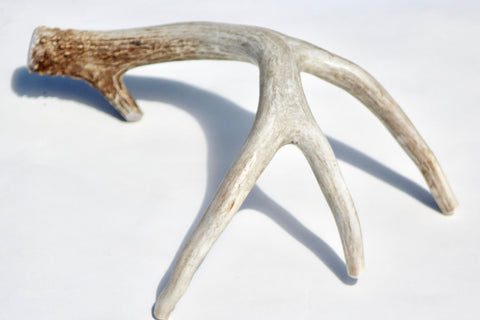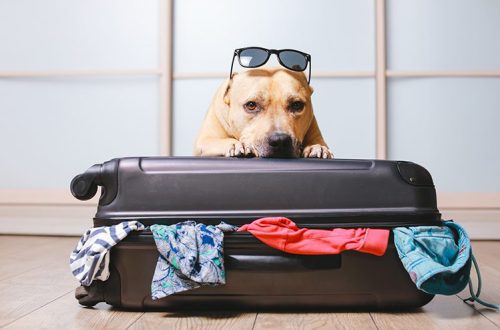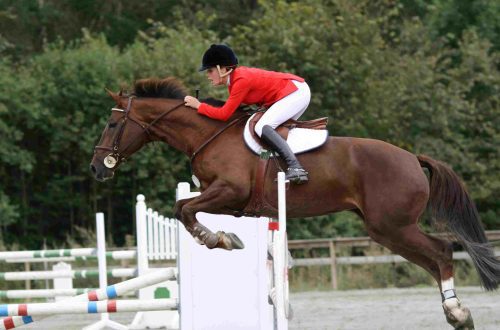
Deer horn for a dog – how to choose the right one?

Deer antlers are a natural delicacy for dogs, supplied mainly from the northern regions of Russia. Why they are useful and how to choose the right treat for your dog – we will tell in this article!
This delicacy is a real horn of a domestic reindeer (sometimes the horns of other types of domesticated deer are also used – deer, red deer and sika deer, as well as elk). In reindeer, both males and females have antlers. In winter, males shed their horns, and females – only at the beginning of summer. It is these discarded horns that are used as treats. In nature, the discarded antlers of deer and elk lie for a long time, they are gnawed as entertainment and predatory animals – foxes, wolves, bears, and rodents – to obtain nutrients and grind their teeth, and even the deer themselves, when there is little food and vitamins and minerals in their diet is lacking. The difference between shed horns and sawn off young antlers is simple – shed horns have no skin on the surface, the color is beige or grayish, and the inner spongy part is slightly darker and is surrounded by a horny hard layer, while in antlers the color of the surface of the horn and core is darker, as growing the horn is permeated with blood vessels, the porous inner part occupies almost the entire volume of the horn. Cutting off young deer antlers is a rather painful procedure, but discarded ones do not cause pain to the deer, this is a natural annual process. Deer antlers contain a lot of protein, calcium, magnesium, iron and phosphorus, which have a beneficial effect on the condition of the teeth and bones of the dog. They also contain B vitamins, various amino acids and trace elements, as well as collagen, glucosamine and chondroitin. Deer antlers, like a delicacy, differ in density and hardness. The hardness is affected by the size of the outer shell, the wider this ring and the smaller the porous part, the harder the horn, and vice versa – if there is a lot of porous part, the horn gnaws more easily. The hardest parts of the deer antler are the ends of the twigs, the middle part and the part at the base of the antler are usually more porous. The structure of the horn is such that sharp pieces do not break off from it, as from hollow bones, for example. When biting, the horn gets a little wet and gradually grinds off with chips and small crumbs, exposing the spongy core. During gnawing, plaque in dogs is well cleaned. The size of the horn should be chosen in accordance with the size of the pet, and its individual characteristics of nibbling.
- The hard horn is suitable for adult dogs and dogs with powerful jaws.
- Soft and medium hard horns are suitable for puppies, older dogs.
In any case, when a piece of horn becomes so large that the dog can try to swallow it whole – it’s time to take it away. The remaining piece can be either washed, poured with boiling water and offered as a tool for grinding teeth to omnivorous rodents, or simply thrown away. Chewing on a deer antler must be supervised, and if the dog is too addicted, you can limit the time of chewing. This, again, depends on the characteristics of a particular dog.
In what form are deer antlers sold?
In general, the horn can be found for sale quite rarely. Usually the horn is sawn into pieces of sizes convenient for dogs.
- sawn horn
For example, Zhivkus is a delicacy for dogs from the horn of a domestic reindeer.
- Split
A split is a piece of horn sawn lengthwise. With this form, the dog immediately gets access to the porous core. Suitable for older dogs, puppies and adult dogs who can chew treats calmly and slowly. For example, Zhivkus delicacy for dogs split from reindeer antler
- Chips
Horn chips are horn sawn across, usually into small pieces, from 0,3 cm to several centimeters. Well suited for dogs and puppies of miniature breeds, as well as rodents. For example, Zhivkus treats for dogs reindeer antler chips
- Flour
Horn flour – deer antlers ground into dust. It is used in small quantities as a biologically active additive to any food, for dogs and puppies from 2-3 months. For example, Zhivkus flour from the horn of a domestic reindeer Before giving the dog a freshly bought horn, wash it with water from the dust from cutting the antler, and give it to the dog after meals or between meals. At first, watch how the pet gnaws at the horn.





